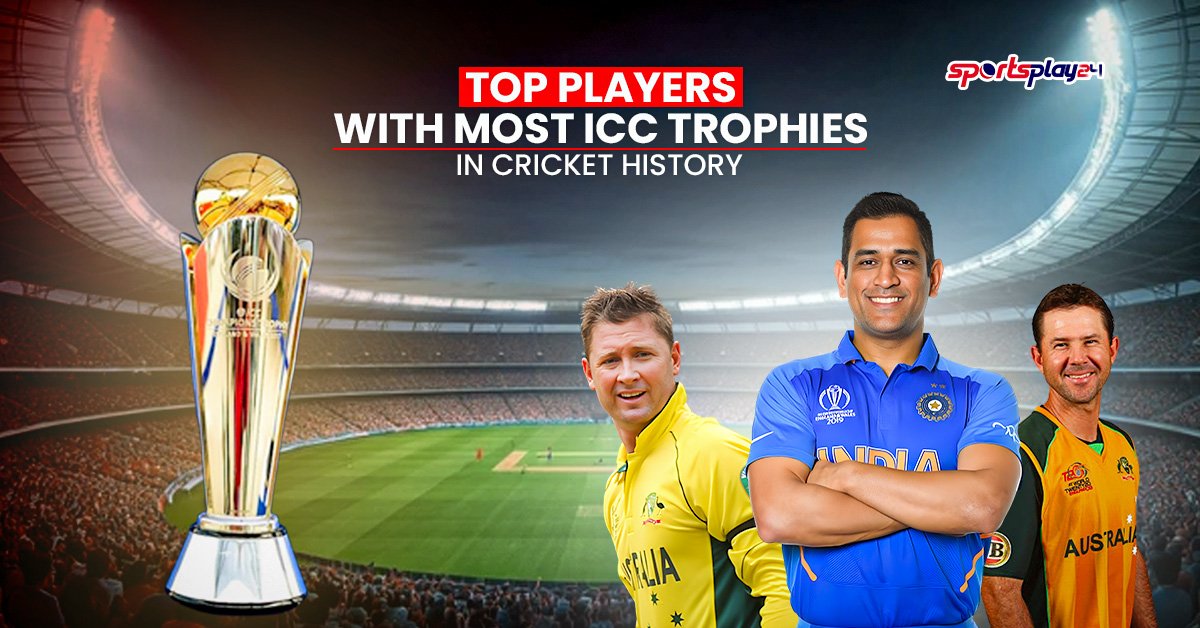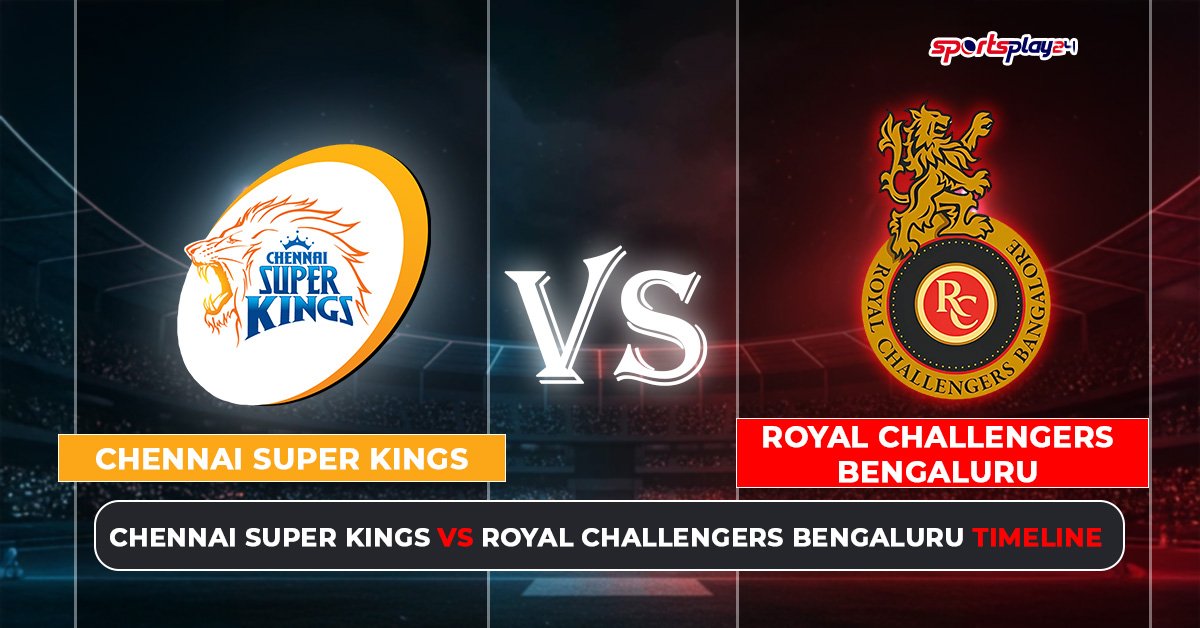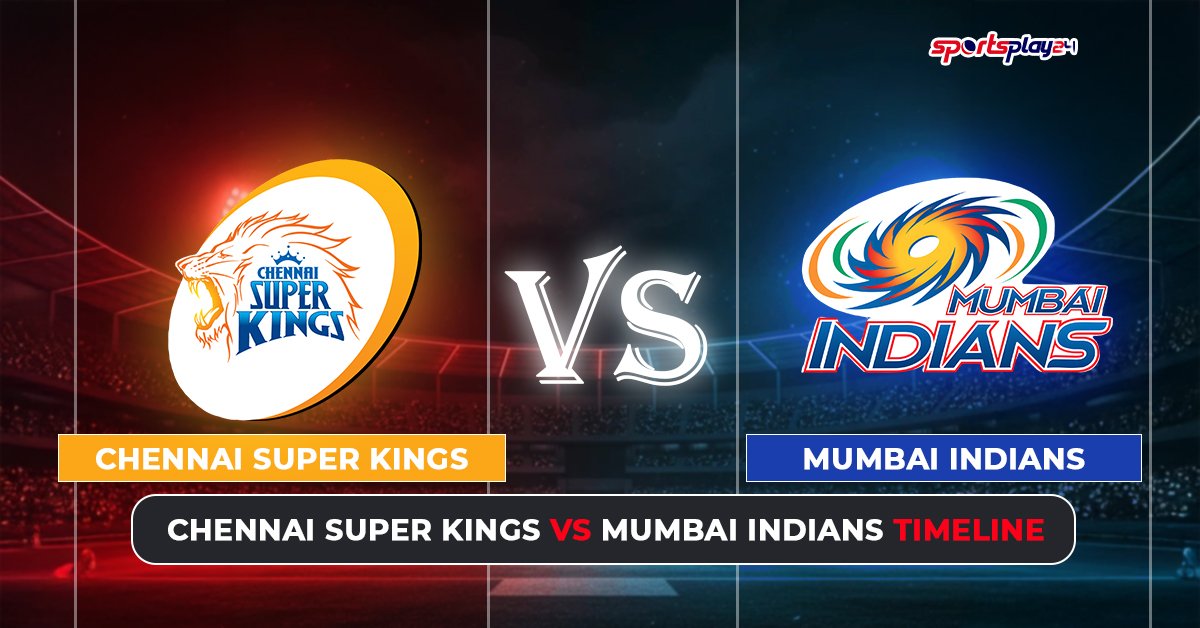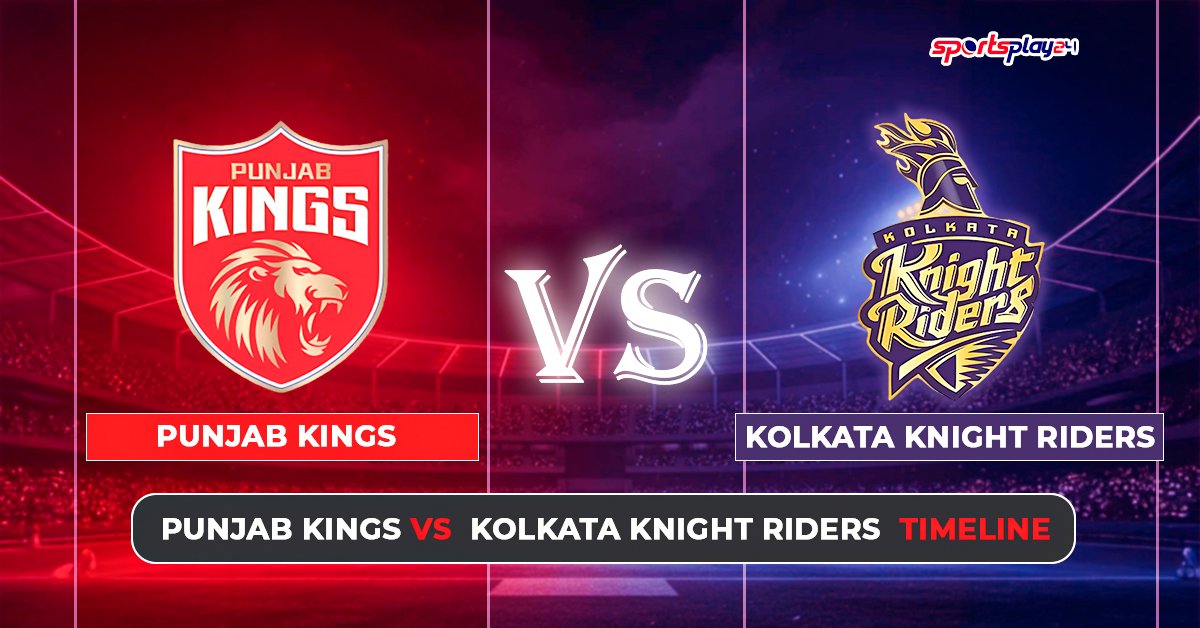
Kuldeep Yadav IPL 2026 Price, Team, Stats & IPL Profile
Indian left-arm wrist-spinner Kuldeep Yadav has re-established himself as one of the most dangerous spinners

Indian left-arm wrist-spinner Kuldeep Yadav has re-established himself as one of the most dangerous spinners

Australian pace spearhead Mitchell Starc remains one of the most feared fast bowlers in world

Indian left-handed batter Nitish Rana has been one of the most consistent domestic performers in

South African power-hitter Tristan Stubbs has established himself as one of the most exciting young

Australian fast bowler Josh Hazlewood is one of the most reliable and disciplined pace bowlers

New Zealand’s rising all-round star Rachin Ravindra has quickly become one of the most exciting

The Indian Premier League (IPL) is not just a cricket tournament, it is a global

Indian leg-spinner Rahul Chahar is one of the most consistent spin bowlers in the Indian

England’s explosive all-rounder Liam Livingstone is one of the most destructive batters in modern T20

Bangladeshi left-arm fast bowler Mustafizur Rahman is one of the most experienced and dangerous pacers
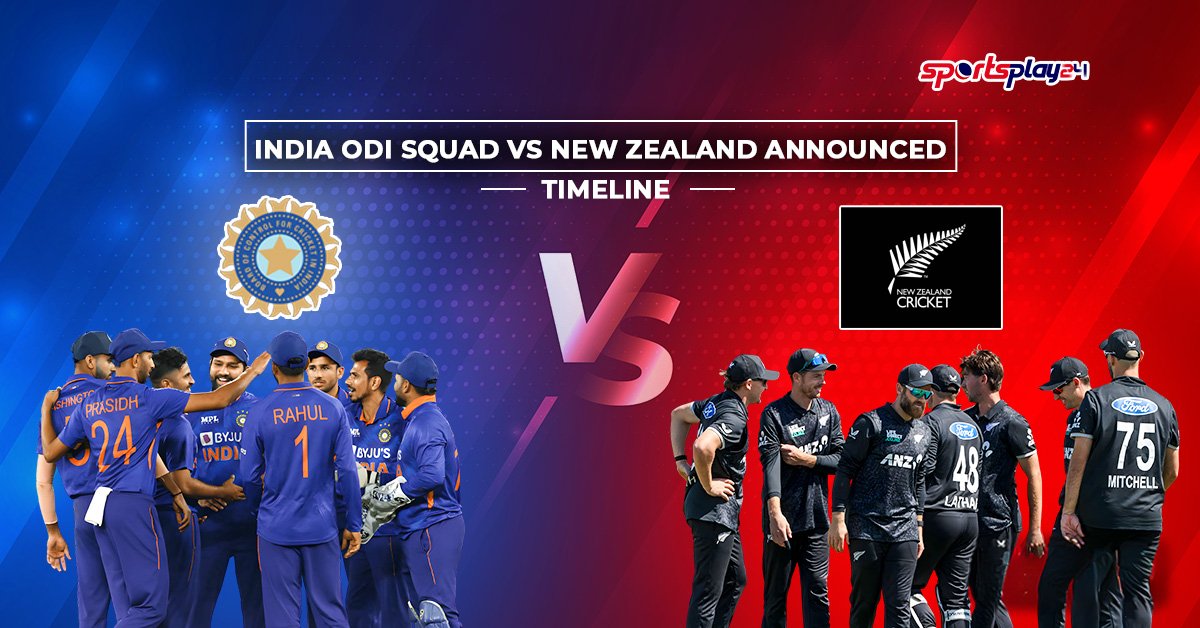
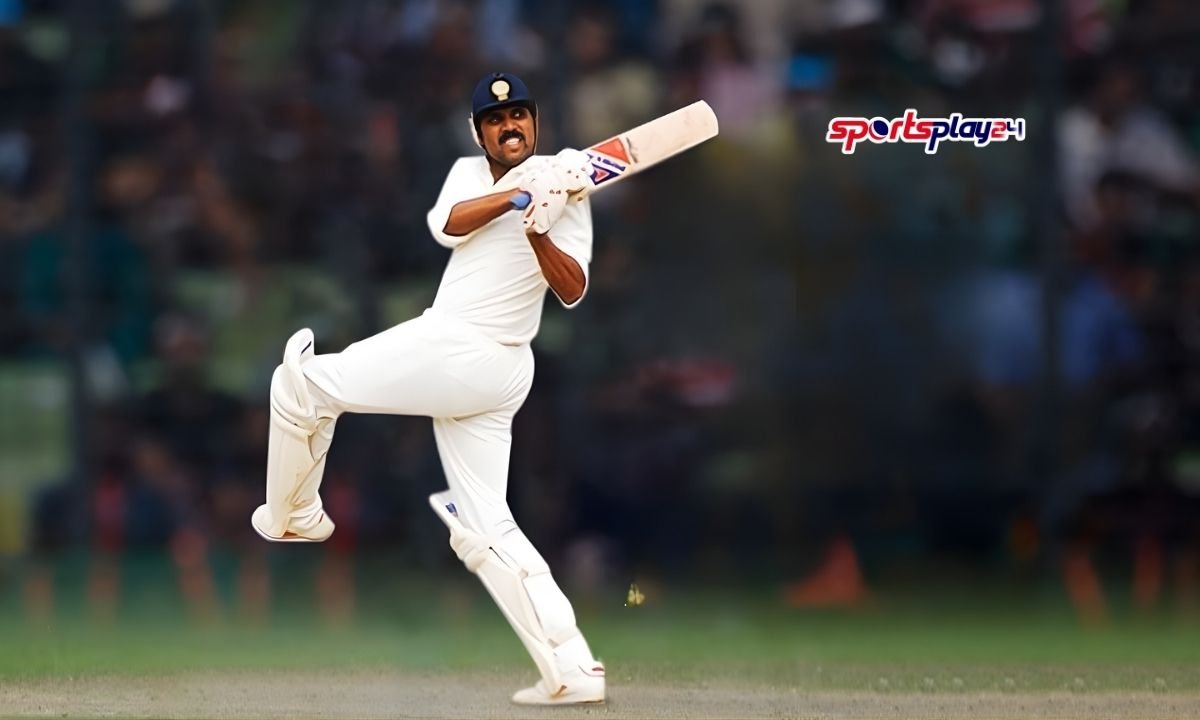


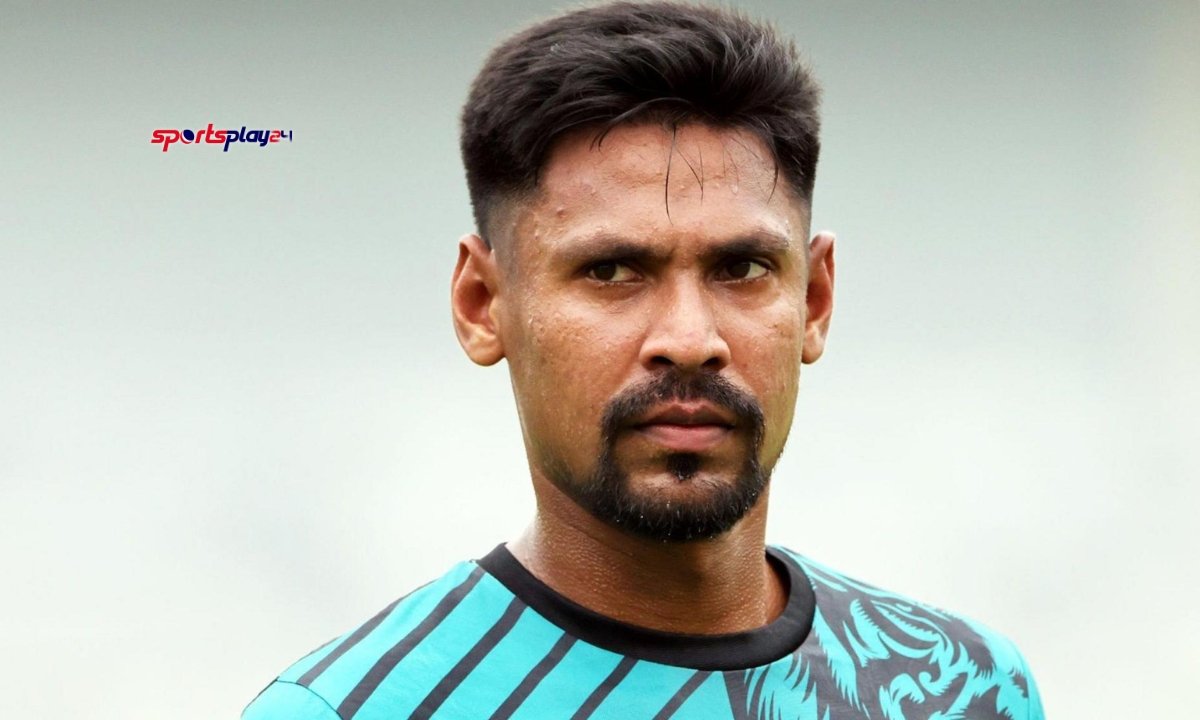
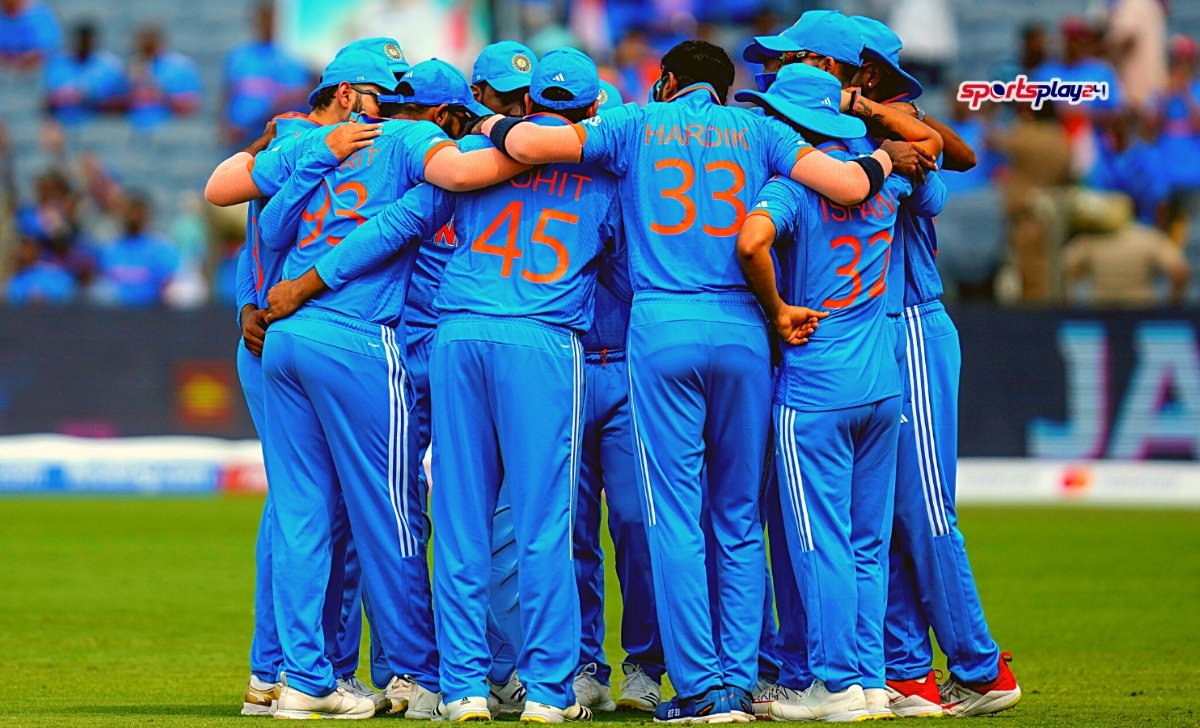
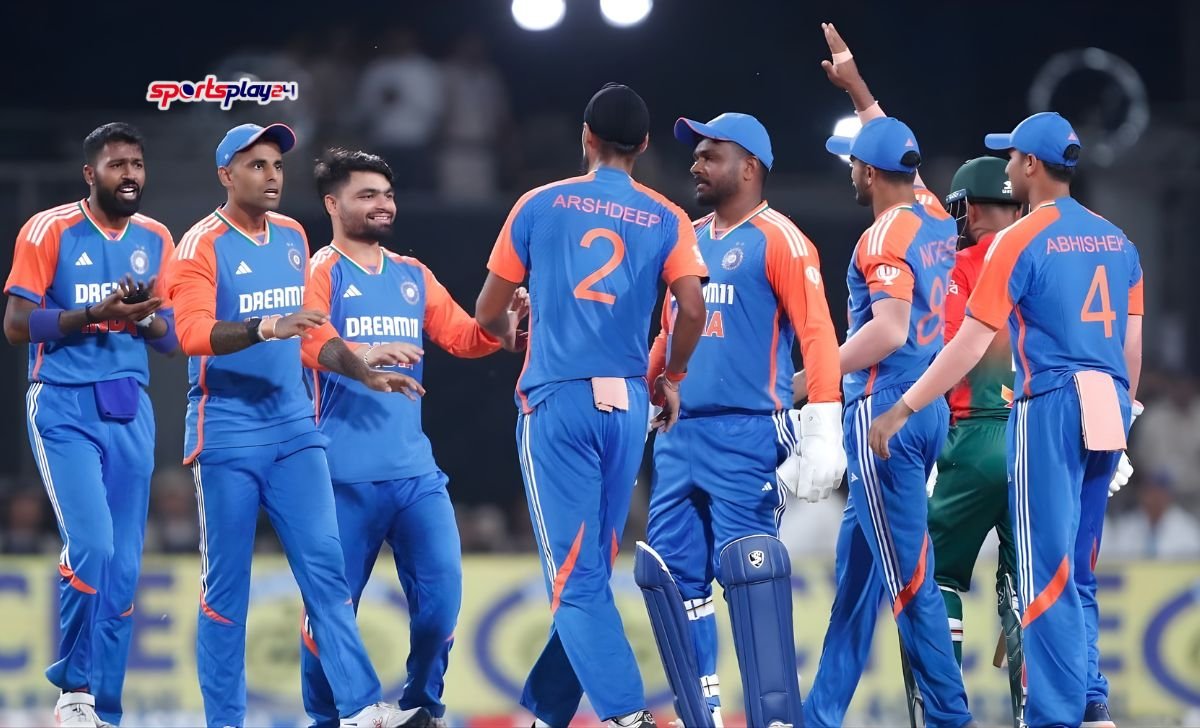
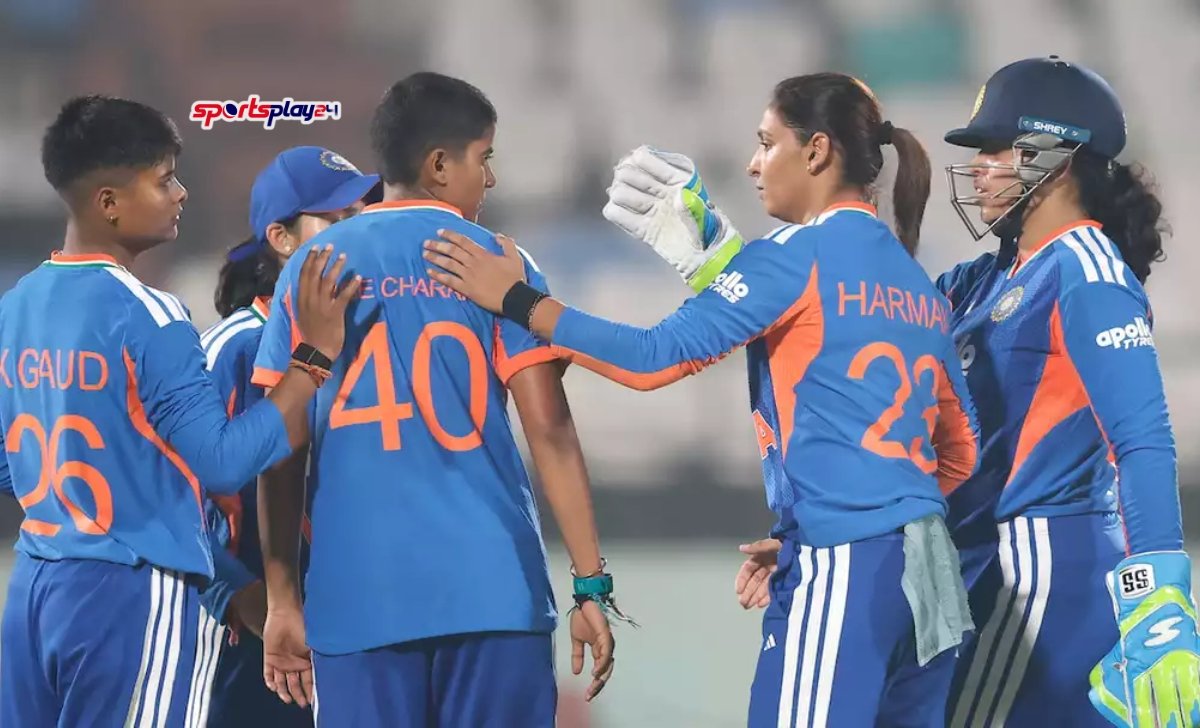
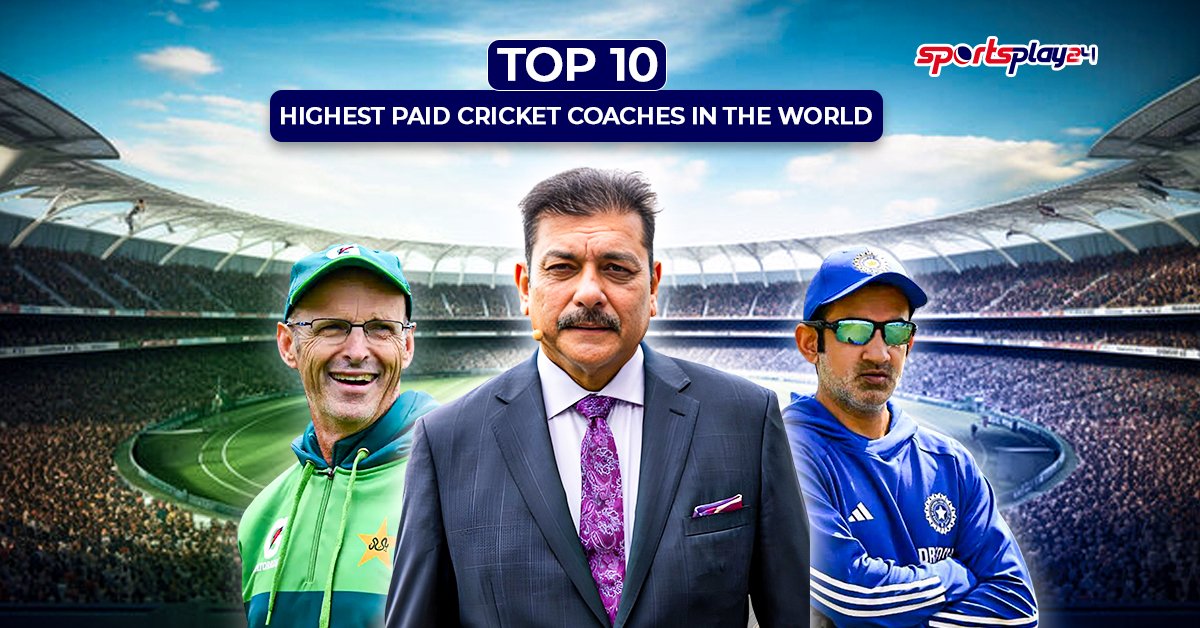

---Advertisement---
